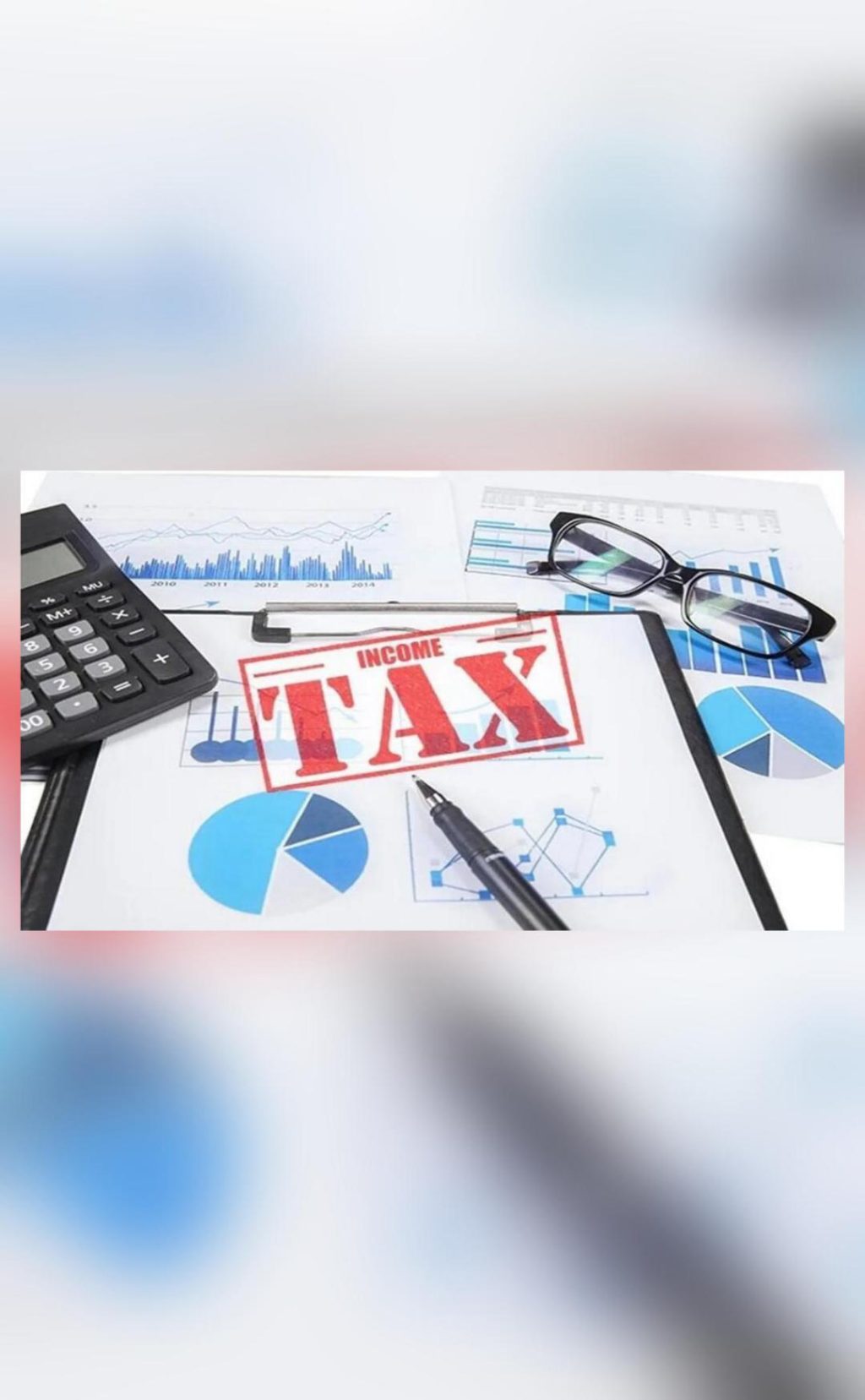
How Long Does it Take to Get a Tax Refund & When is it Applicable?
In India, filing an Income Tax Return (ITR) is a mandatory requirement for citizens who earn a certain amount of income in a financial year. The Income Tax Department (ITD) uses this information to calculate the tax liability of the taxpayer and collect the due amount. However, in many cases, taxpayers end up paying more tax than they owe, resulting in a tax refund. In this blog post, we will discuss the eligibility criteria for a tax refund and the time it takes to receive the refund.
When is a Tax Refund Applicable?
A tax refund is applicable when the tax amount paid by the taxpayer is more than the total tax liability based on their income in the financial year. This means that if the taxpayer has paid more tax than they are required to pay, they are eligible for a refund. The tax refund is a refund of the excess amount paid by the taxpayer.
How to Receive a Tax Refund?
To receive a tax refund, taxpayers must e-verify their ITRs. This is a mandatory step that ensures the authenticity of the taxpayer’s income and tax payment details. After e-verification is completed, the IT department takes about four to five weeks to process the refund.
What is E-Verification?
E-verification is the process of verifying the income and tax payment details of a taxpayer through an electronic medium. This is a secure and convenient way to verify the details, and it helps the IT department to process the refund quickly and efficiently. Taxpayers can e-verify their ITRs through the official website of the ITD or through a trusted tax filing portal.
How Long Does it Take to Get a Tax Refund?
The time taken to receive a tax refund varies depending on several factors, including the complexity of the tax return, the amount of refund, and the workload of the IT department. However, as mentioned earlier, the IT department typically takes about four to five weeks to process a tax refund after the e-verification is completed.
Additional Tips for a Smooth Refund Process
To ensure a smooth refund process, taxpayers can follow these additional tips:
- Ensure accurate income and tax payment details: Taxpayers should ensure that their income and tax payment details are accurate and up-to-date. This will help to avoid any discrepancies or delays in the refund process.
- E-verify ITRs promptly: Taxpayers should e-verify their ITRs as soon as possible to ensure that the refund is processed quickly and efficiently.
- Check the refund status regularly: Taxpayers can check the status of their refund regularly on the official website of the ITD or through a trusted tax filing portal.
- Provide correct bank account details: Taxpayers should ensure that their bank account details are correct and up-to-date to receive the refund.
Conclusion
In conclusion, a tax refund is applicable when the tax amount paid by the taxpayer is more than the total tax liability based on their income in the financial year. To receive a tax refund, taxpayers must e-verify their ITRs, which typically takes about four to five weeks to process. By following the additional tips mentioned above, taxpayers can ensure a smooth refund process and receive their refund quickly and efficiently.
Source:






